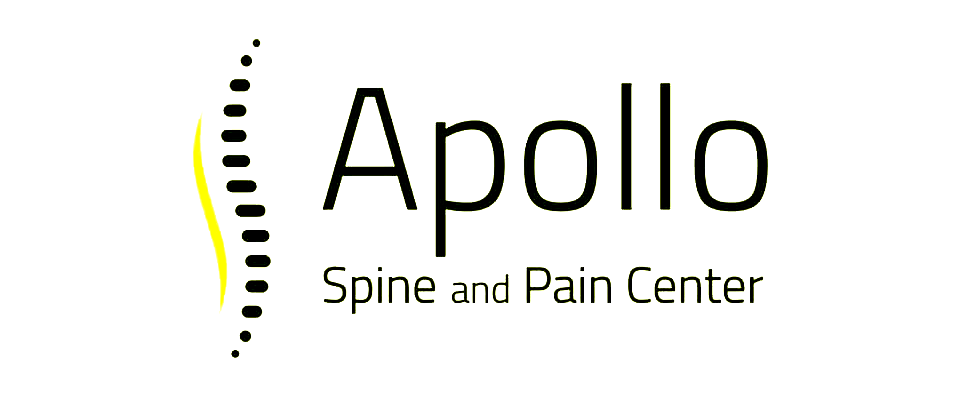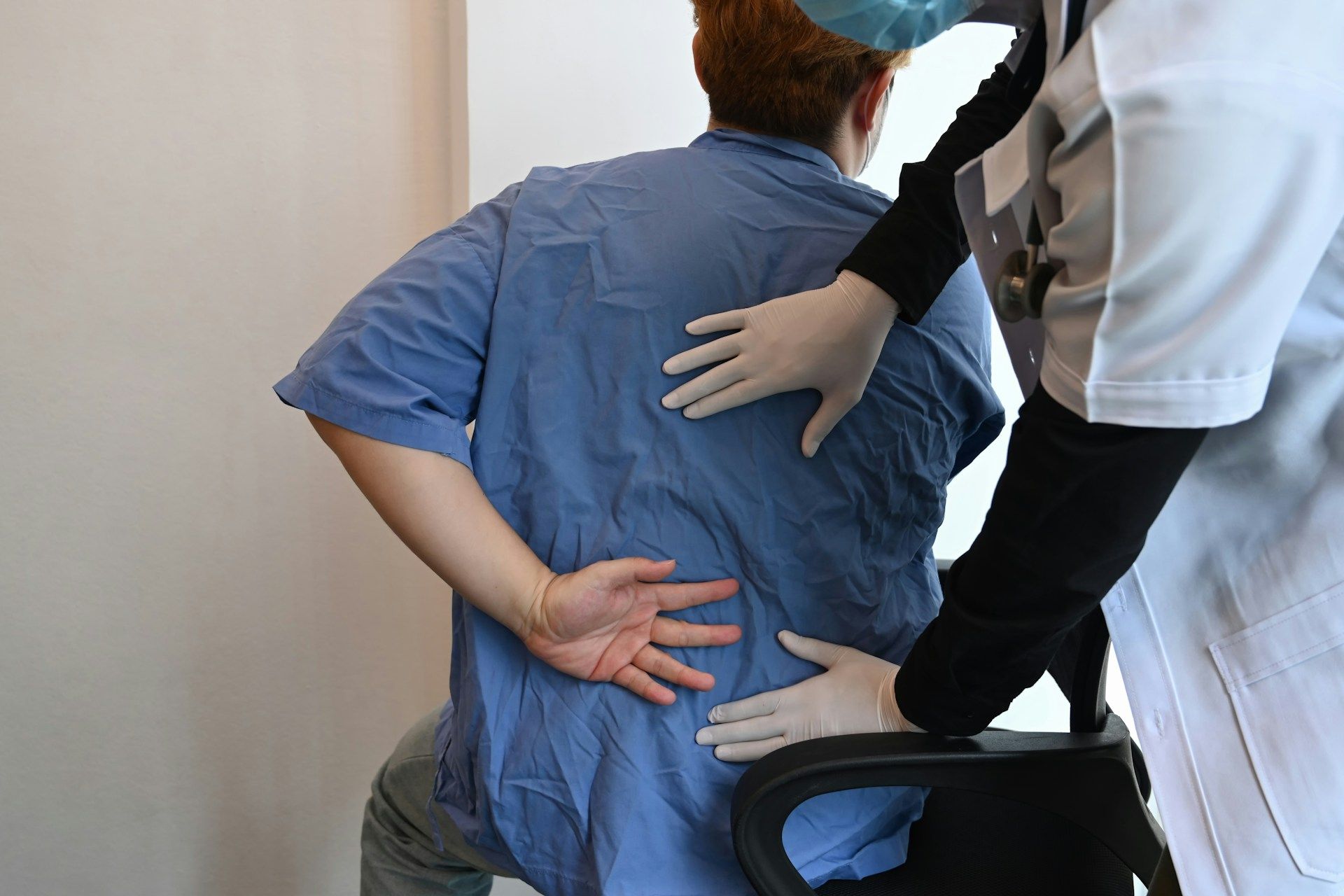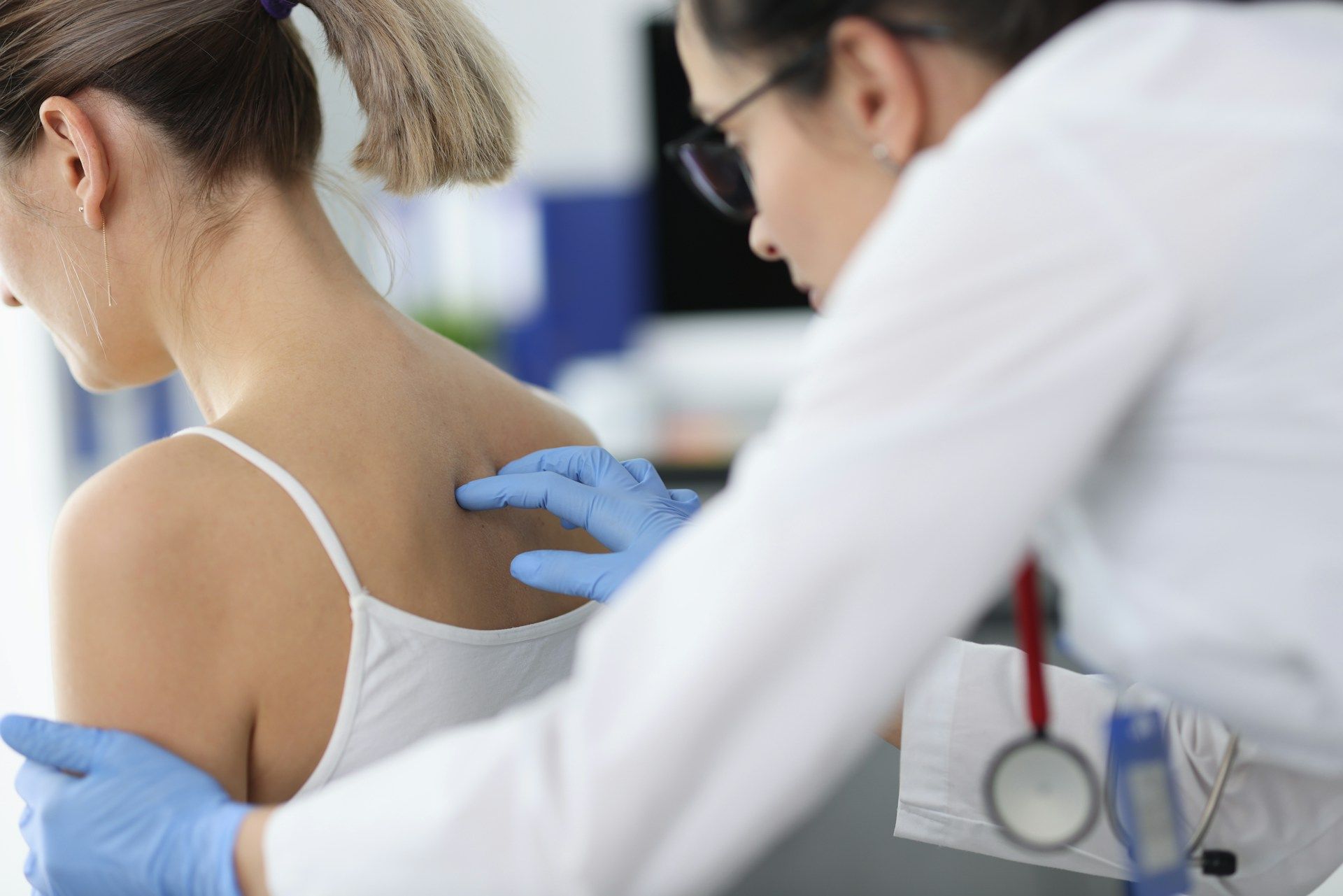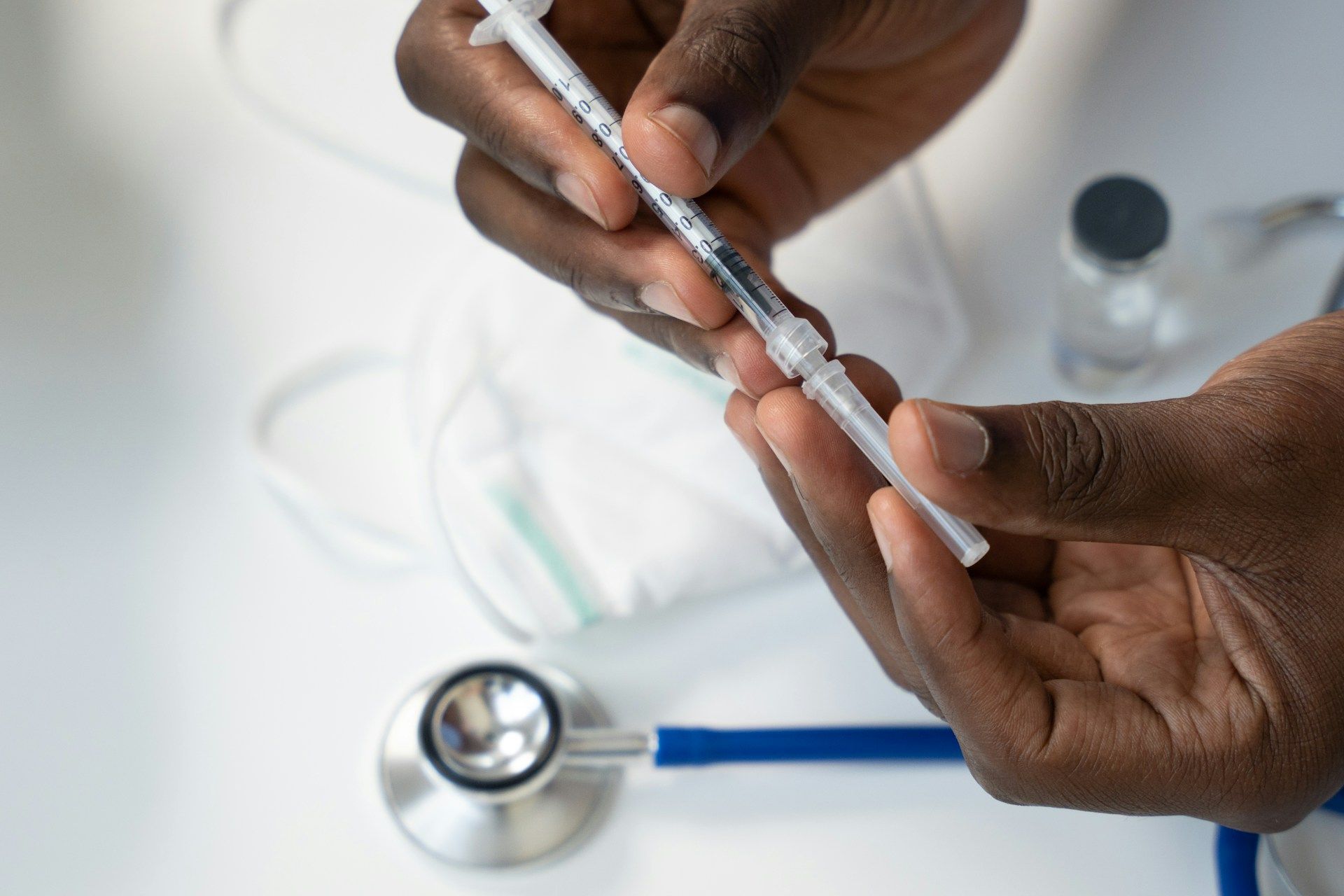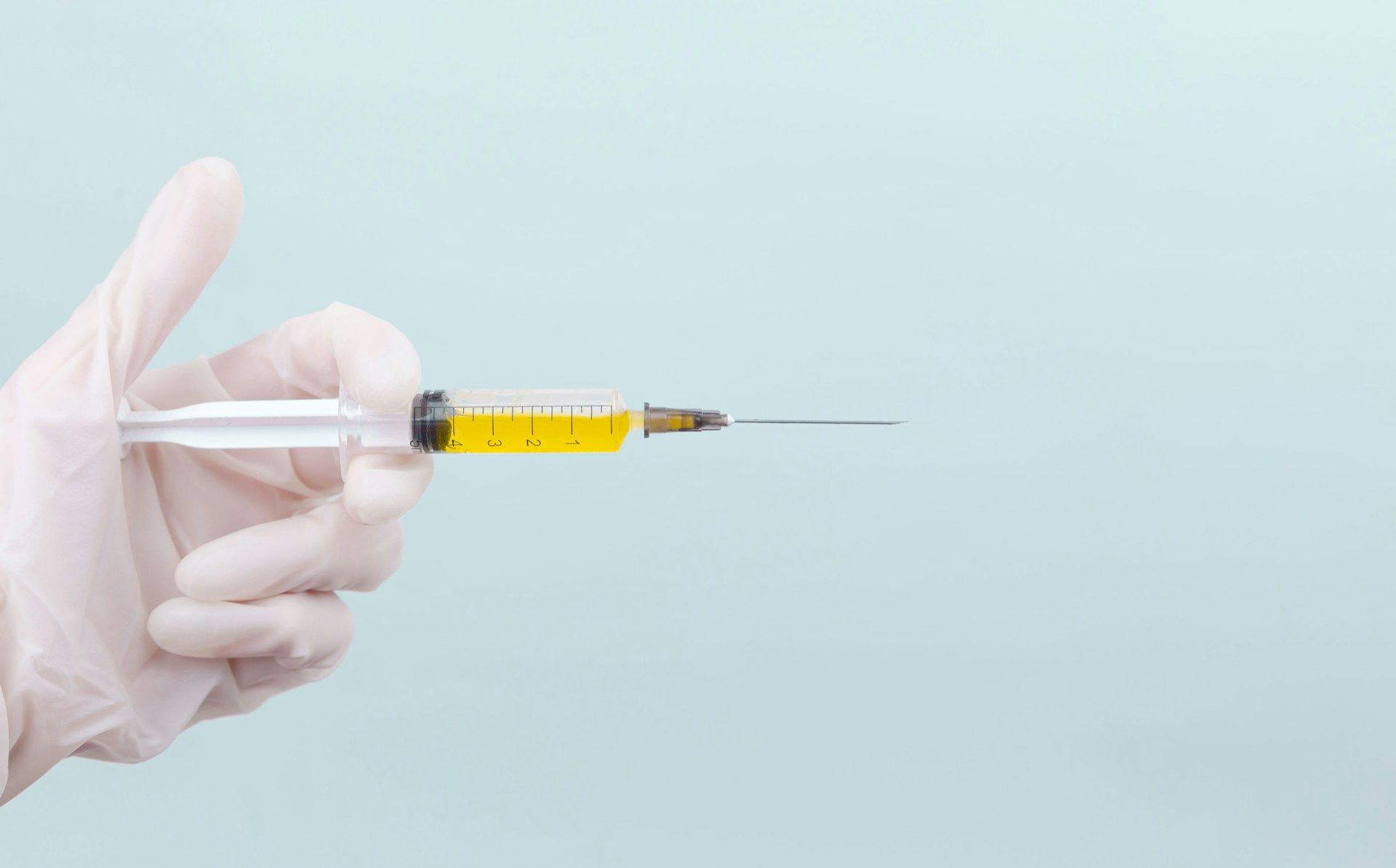PRP Therapy: An Effective Solution for Chronic Shoulder Pain
Do you suffer from chronic shoulder pain? Whether it's due to injury, overuse, or a condition like rotator cuff tears or shoulder arthritis, persistent pain can greatly affect your daily activities and overall quality of life. At Apollo Spine and Pain Center, we strive to provide our patients with the best possible care, which is why we offer Platelet-Rich Plasma (PRP) therapy as an effective solution for managing chronic shoulder pain.
As an emerging therapy in the field of regenerative medicine, PRP has gained popularity in recent years for treating a variety of health conditions, including joint and muscular pain. In this article, we will delve deeper into what PRP therapy is, how it works to help alleviate chronic shoulder pain and the benefits of this revolutionary treatment method.
The Science Behind PRP Therapy
To understand the benefits of PRP therapy, it is essential to explore the science behind this innovative treatment. Platelets are tiny cell fragments found in our blood, responsible for clotting, and are a rich source of growth factors and proteins that initiate tissue repair and stimulate regeneration. During PRP therapy, platelets are collected from the patient's blood and then concentrated to create a highly effective solution that can accelerate the healing of damaged tissues and relieve pain.
When PRP is injected into the injured area, it stimulates a controlled healing response by attracting other cells, like stem cells and immune cells, to the site of injury. It also stimulates the production of collagen, a critical component for healthy joint and muscle tissues. This healing cascade helps regenerate the damaged tissue and reduces inflammation, therefore providing relief from chronic shoulder pain.
Candidates for PRP Therapy: Who Can Benefit?
Although PRP therapy has demonstrated success in treating numerous joint and muscle conditions, it is crucial to understand which patients can benefit the most from this treatment. The best candidates for PRP therapy include individuals experiencing shoulder pain resulting from:
1. Rotator cuff injuries: Partial tears in the tendons and muscles that surround the shoulder joint can cause persistent pain and reduced mobility. PRP therapy can help accelerate the healing of these tissues and alleviate pain symptoms.
2. Shoulder impingement syndrome: Swelling and inflammation in the shoulder joint, typically caused by overuse, can pinch the rotator cuff tendons, causing severe pain and limited range of motion. PRP therapy can help reduce inflammation and relieve pain.
3. Shoulder arthritis: The degeneration of cartilage in the shoulder joint can lead to painful bone-on-bone contact and reduced joint function. PRP therapy can help stimulate the growth of new cartilage, relieving pain and restoring joint function.
4. Bursitis: Inflammation of the fluid-filled sacs (bursae) that protect the shoulder joints can cause pain when lifting the arm overhead. PRP therapy may help to reduce inflammation and promote healing.
5. Tendonitis: Persistent inflammation of the tendons that stabilize the shoulder joint can lead to a chronic, painful condition known as tendonitis. PRP therapy can help alleviate pain and stimulate healing in the affected tendons.
The PRP Treatment Process
The PRP treatment process generally involves a few simple steps:
1. Blood draw: Initially, a small amount of blood (about 15-30 milliliters) is collected from the patient's arm.
2. Platelet separation: The blood sample is placed in a centrifuge to separate the platelet-rich plasma from other blood components. This process takes about 15 to 20 minutes.
3. Injection preparation: The concentrated PRP solution is loaded into a syringe and may be combined with a local anesthetic to minimize discomfort.
4. Targeted injection: The physician uses ultrasound guidance to ensure the PRP is accurately injected into the damaged tissues within the shoulder joint. The entire process is usually completed in under an hour.
Benefits and Advantages of PRP Therapy for Chronic Shoulder Pain
There are several notable benefits and advantages of PRP therapy for chronic shoulder pain management:
1. Effective pain relief: PRP therapy has shown promising results in providing significant pain relief for patients suffering from chronic shoulder pain due to various causes.
2. Minimally invasive and low risk: Since PRP therapy utilizes the patient's blood and does not require surgery, there is a minimal risk of infection, rejection, or complications. The injection also promotes a quicker recovery time and less patient downtime.
3. Long-lasting effects: Unlike many pain relief treatments, PRP therapy encourages tissue regeneration, potentially providing a more permanent solution to chronic shoulder pain.
4. Natural and drug-free: PRP therapy avoids the use of pharmaceutical drugs, instead utilizing the body's natural healing capabilities to reduce pain and inflammation and improve overall joint function.
In Conclusion
PRP therapy is a promising option for chronic shoulder pain management, offering a minimally invasive treatment with the potential to improve function, reduce pain, and enhance overall quality of life. This innovative treatment, backed by specialized professionals at facilities like Apollo Spine and Pain Center, gives hope to many patients who previously had limited and unsatisfactory options for treating their chronic shoulder pain.
If you or someone you know is struggling with chronic shoulder pain, consider discussing the benefits of PRP therapy with a qualified healthcare provider. Be sure to choose a trusted and experienced
therapist, like the team at Apollo Spine and Pain Center, to guide you through the treatment process and help you regain control of your life pain-free.
